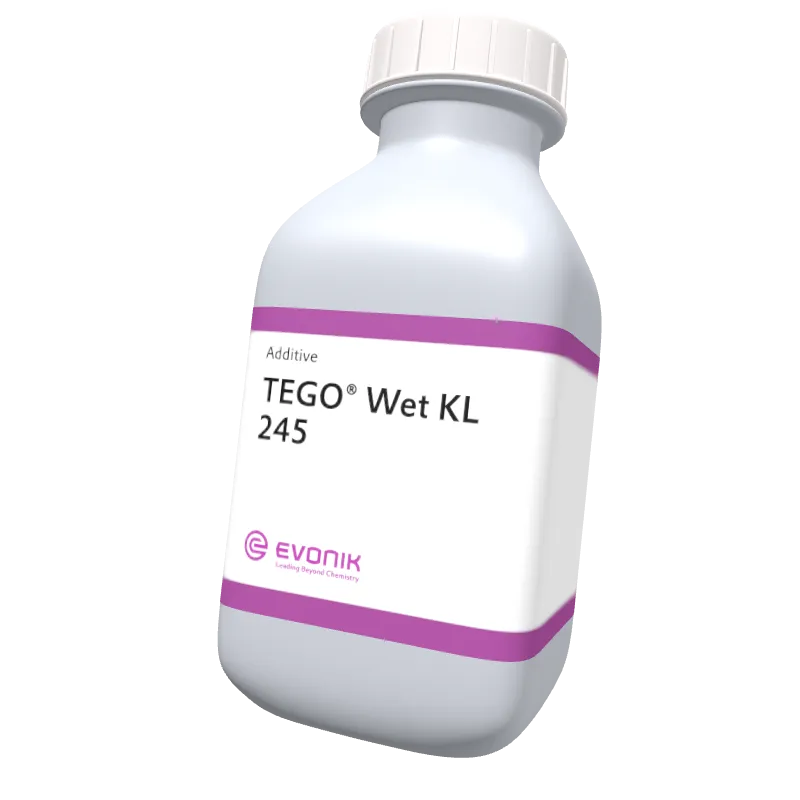Coatino Campus
Substrate Wetting Basics
In this comprehensive, interactive eLearning you will learn the basics of substrate wetting additives for coating and inks, their working mechanism and the how to select and test the appropriate one. After successfully completing the course, you will receive a personalized certificate. During the course, you can pause and resume at any time.









